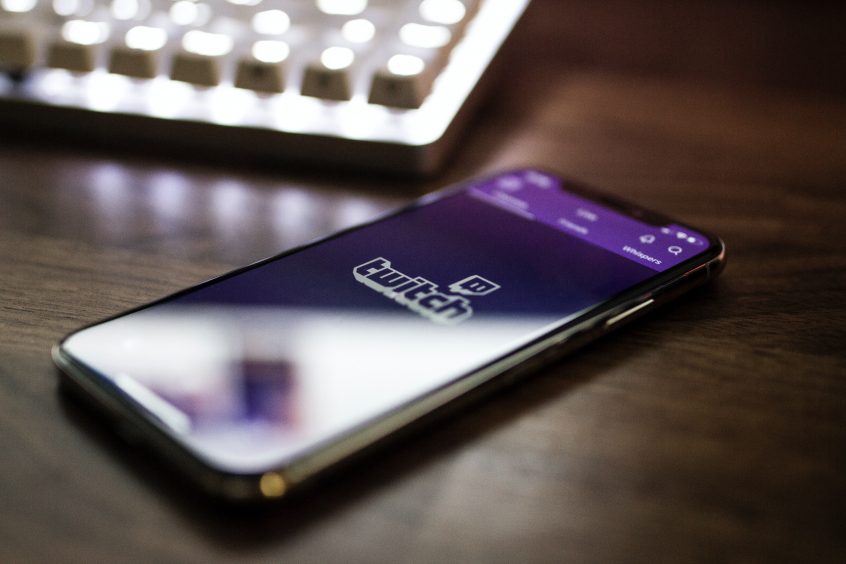Twitch is the world’s most popular streaming platform. As of January 2022, some of the most popular streamers, such as N3KOGLAI and XQCOW, have logged hundreds of hours of stream time, netted hundreds of millions of views, and seen upwards of three million hours watched from remote viewers.
But once upon a time, Twitch.tv was a new project launched from 2007’s Justin.tv, a DIY streaming site. From 2011 to 2014, the first streamers to hit Twitch saw steady growth, which culminated in a 2014 recentering that would focus specifically on eSports (and, eventually, kneecopters from Mr. ChanChan).
Twitch was the first platform that streamlined live gaming footage and started to offer remote gamers a chance to watch live competitions. At the time, eSports was in its earliest days; the majority of tournaments and teams were homegrown, with a market ecosystem that lacked any central bodies or organizing groups.
But today, Twitch isn’t only one of the main platforms serving eSports fans. Instead, there’s a stream for just about any interest. Some of the first groups to latch onto the platform were others that benefitted from streaming live play, such as poker players.
Originally, poker buffs who wanted to watch live play had to hope for a broadcast on cable television channels like ESPN via the infamous ‘holecam’. Today, there are a range of Twitch channels that cover the topic from a variety of angles, exploring rules, strategies, and even history.
But not all popular Twitch streams are so predictable. One of the latest trends is makeup live streams, which have jumped over from YouTube. The tie to beauty may seem out of place for an eSports-heavy site, but partnerships between groups like Girlgamer Esports Festival and Charlotte Tilbury in 2021 have launched new interest in hybrid streams.
So, how did we get here?
“The ESPN of eSports”
Between 2011 and 2013, Twitch saw a huge influx of monthly subscribers and streamers. One of the earliest challenges for the platform was the cumbersome and expensive nature of streaming peripherals. However, by August 2013, the site’s 45 million users had contributed to making the site the fourth largest source of internet traffic during peak hours.
It gained a reputation as ‘the ESPN of eSports’, according to Gamestop executive Rod Breslau. Other attempts, like Hitbox.tv, crashed and failed; at the same time, major seed investors helped launch Twitch into a worldwide name. By 2014, the site saw 6.5 million views in a single day.
However, the final cue that Twitch had succeeded in innovating the future of eSports was when conglomerates Google and Amazon began a bidding war. Eventually, Amazon came out ahead and bought the streaming platform for $970 million, providing crucial infrastructure and platform improvements.

YouTube Live Joins the Market
The fallout from Google’s failed acquisition of Twitch saw the company pour millions into YouTube Live (as Google owns YouTube). Despite this, YouTube has yet to compete meaningfully with Twitch.
Even after they launched a YouTube Gaming Live special division for eSports, the site couldn’t compete with Twitch. In 2018, YouTube posted just 271,000 concurrent viewers while Twitch handled some 953,000. Despite early successes, it looks like Facebook Gaming may face similar challenges as the majority of top streamed games are viewed on Twitch.
Twitch Today: Is It Hurting eSports?
One of the primary concerns related to Twitch’s relationship to eSports is that its been led by venture capitalists since the 2014 Amazon buyout. The current models for both streaming and global eSports has been driven by concerns from investors, rather than an organic interest in eSports as displayed in the earliest days of Twitch.
One of the primary reasons for investors to funnel money into eSports is in hopes of a huge broadcasting and media rights payout, similar to traditional sports. IN this model, broadcasting groups pay billions for the rights to live games. Still, this has been slow to come to fruition—and that’s because Twitch is free and internationally accessible.
In other words, the free streaming and DIY nature of Twitch makes it harder for eSports players, teams, and leagues to leverage media rights. After all, if top players will go to Twitch and provide ‘free’ entertainment to subscribers, then where’s the profitability?
In this case, Twitch itself takes the lion’s share of benefits from the burgeoning eSports industry. As the co-founder of Excel Gaming put it, “Twitch took eSports global before it went regional…”
For even more news from the Rising World of eSports Head here








You must be logged in to post a comment.